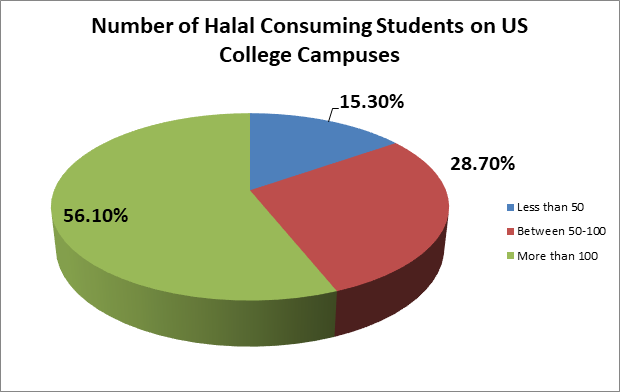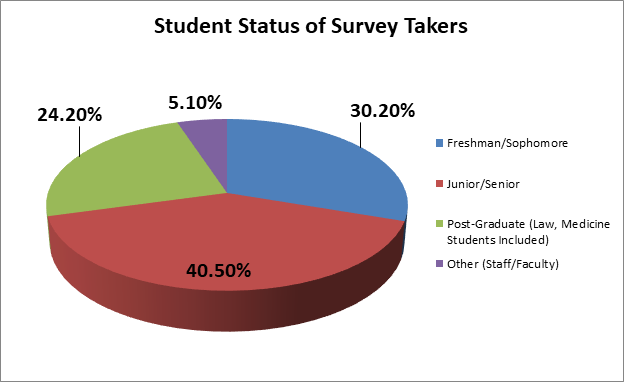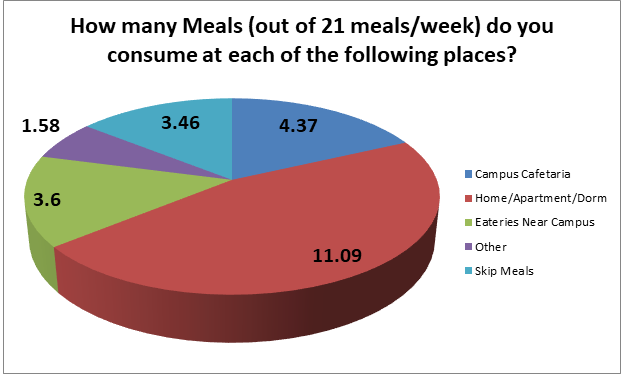Underserved American-Muslim Halal Food Needs
Halal Consumer Magazine

The 2010 USA College/University Halal Survey, created by IFANCA, is the first ever survey that inquires into the availability of halal meals and the demand for it on US university and college campuses. It also inquires into young halal consumers’ tastes, meal choices, and preferences. The data was collected from an electronic survey distributed through Muslim Student Associations (MSA) at 135 major universities and colleges across the United States. Approximately 1000 responses were received and the rate of completion of the survey was 85%. The survey was conducted between the months of May and June, 2010.
The impetus for the survey were issues such as those brought to light in the article, “Equal Service for Equal Fees”, published in the Summer 2009 issue of the IFANCA publication, Halal Consumer magazine. Muslim students, according to the article, even freshman who have no choice but to live in on- campus dorms, were not offered meals that adhered to their dietary needs. They were, however, charged the same fees, despite not being able to use the meal plan for more than salads, bread and vegetarian entrees. According to another article, “Universities Give Halal Lip Service” at some universities, kosher kitchens were being passed off as kosher-halal kitchens, without any halal meat being served at all. For instance, Mount Holyoke at South Hadley, Massachusetts undertook the high costs associated with segregating dairy from meat in their kosher kitchen, but only served halal meat during Ramadan from fall 2010 onwards, almost ten years after the inception of the Halal-Kosher Kitchen at Mount Holyoke.


